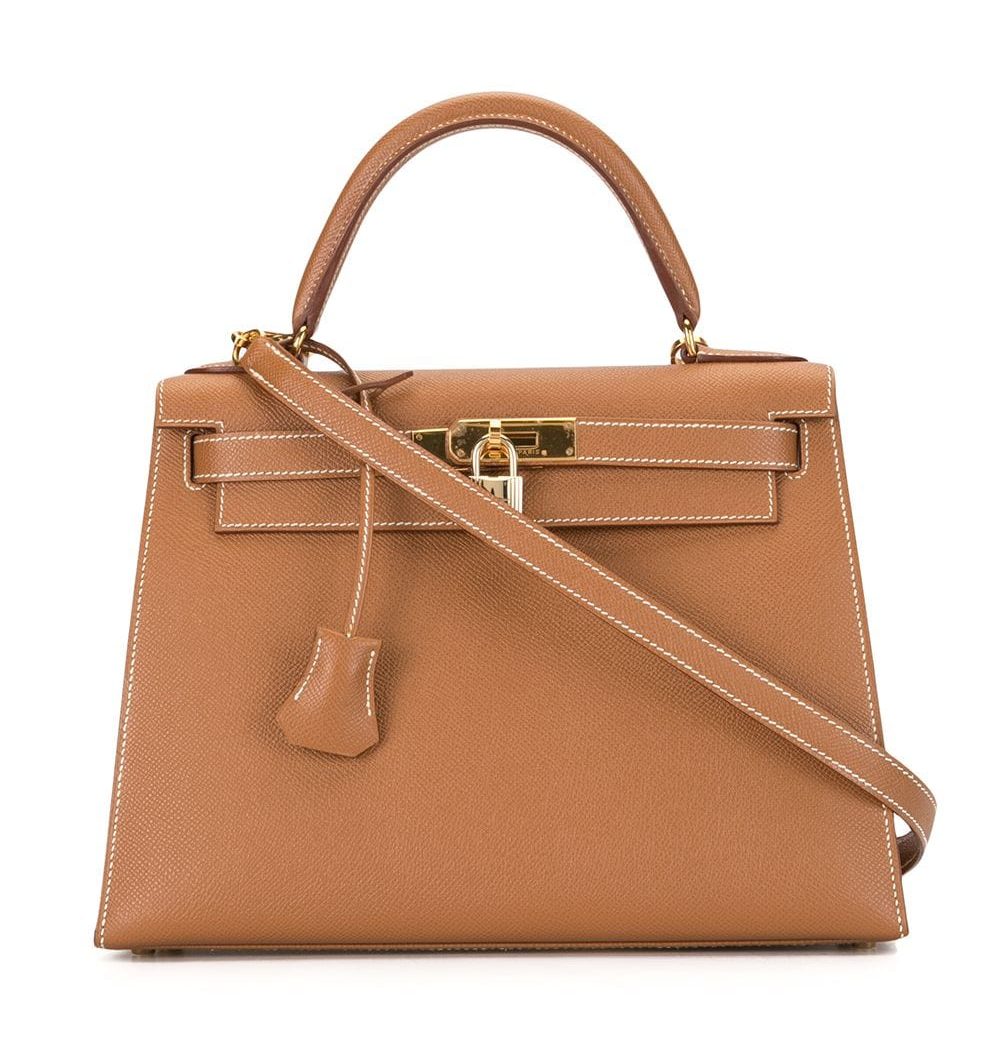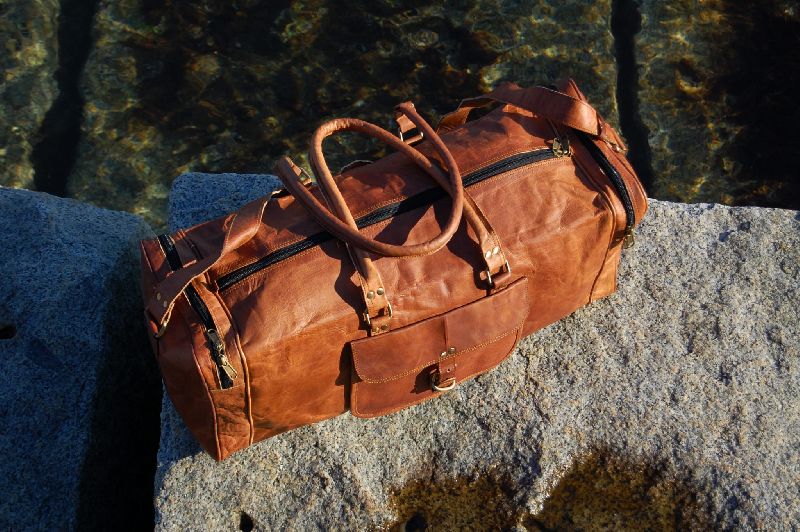To tell if an LV bag is real, check the stitching for uniformity, examine the hardware for quality engravings, and verify the date code’s format and location.
Table of Contents
- What Are the First Impressions of a Genuine Louis Vuitton Bag?
- A Deep Dive into Louis Vuitton Materials and Craftsmanship
- How to Scrutinize Louis Vuitton Hardware and Zippers
- Decoding the Louis Vuitton Date Code: What Does It Mean?
- Analyzing Interior Details: Linings and Stamps
- Assessing the Accessories: Dust Bags and Packaging
- Where Should You Purchase a Louis Vuitton Bag to Ensure Authenticity?
Louis Vuitton represents the pinnacle of luxury craftsmanship, making its handbags a target for counterfeiters. Distinguishing an authentic piece from a replica requires a keen eye for detail. The difference lies not just in the overall look but in the subtle nuances of materials, stitching, and hardware. An authentic LV bag is an investment in quality, and knowing what to look for is essential to protect that investment. This checklist provides a systematic way to authenticate a Louis Vuitton bag, focusing on the key indicators of genuine artistry.
What Are the First Impressions of a Genuine Louis Vuitton Bag?
Before you even begin inspecting the finer details, your initial interaction with the bag can reveal a lot. A real Louis Vuitton bag has a distinct presence. Pay attention to its structure and scent. Authentic bags are crafted with precision and hold their shape perfectly, without slouching or appearing misshapen (unless the design dictates it). Counterfeits often use inferior internal structuring, causing them to collapse or bulge in odd places.
Additionally, consider the smell. A genuine bag will smell clean, with a pleasant, subtle aroma of high-quality leather and materials. It should never have a strong, overwhelming chemical or plastic smell. A pungent, synthetic odor is a significant red flag and often indicates the use of cheap glues, faux leather, and low-grade plastics common in replicas.
A Deep Dive into Louis Vuitton Materials and Craftsmanship
The heart of a Louis Vuitton bag is its materials and the impeccable skill used to assemble them. Counterfeiters can mimic the appearance, but they rarely replicate the superior quality and feel of genuine LV components.
Examining the Canvas: The Monogram, Damier Ebène, and Damier Azur
The iconic LV coated canvas is durable, textured, and surprisingly supple. On a Monogram Canvas bag, the LV logos should be symmetrical and consistently aligned across the entire surface. A common mistake in fakes is a misaligned pattern, especially across seams. The color should be a warm, golden-brown hue, not a flat or greenish-brown. The Damier Ebène and Damier Azur patterns should also feature perfectly aligned squares. Look closely at the “Louis Vuitton” branding within the squares; on an authentic bag, the logo will appear in an equal number of rows in both horizontal and vertical directions.
Understanding Vachetta Leather: The Telltale Patina
Many Louis Vuitton bags feature handles and trim made from Vachetta leather, an untreated, natural cowhide leather. When new, it is a light, beige color. Over time, exposure to oxygen and the oils from your hands causes it to develop a beautiful, deep honey-brown patina. This aging process is a hallmark of authenticity. Counterfeits often use synthetic leather or treated leather that will not patina; instead, it might turn a pale, sickly yellow or remain unchanged. The edges of genuine Vachetta leather are always dyed with a distinct, rich reddish color and sealed with a clear glaze, a detail fakes often get wrong by simply painting the edges.
This commitment to superior materials, like the Vachetta leather that ages so beautifully, is a principle we at Beldturaleather share. We believe that true luxury lies in using materials like full-grain leather that stand the test of time, developing character with every use.
The Importance of Perfect Stitching
Louis Vuitton’s stitching is flawless. The threads are often a mustard-yellow or brown color, depending on the bag, and are meticulously applied. Each stitch should be the exact same length, perfectly straight, and evenly spaced. A telltale sign of a fake is sloppy, uneven, or angled stitching. Pay close attention to the handle tabs, where the stitch count is a specific detail. For example, on a classic Speedy, there are typically five stitches running across the top of each handle tab. Any deviation from this precise standard suggests a counterfeit.
How to Scrutinize Louis Vuitton Hardware and Zippers
The hardware on a Louis Vuitton bag is more than functional; it is a key element of its design and a strong indicator of authenticity. Real LV hardware is substantial and feels heavy, not hollow or plasticky.
What Should Authentic LV Hardware Look Like?
Genuine hardware is typically made of brass, which is then plated. The finish should be smooth, shiny, and consistent, without any peeling, chipping, or tarnishing on a new bag. The engravings on the hardware, such as the “LV” logo or “Louis Vuitton,” must be crisp, clean, and perfectly centered. The letters should be well-defined and easy to read. On fakes, engravings often appear blurry, shallow, or have an incorrect font. The “O” in Louis Vuitton should be perfectly round, a detail that many replicas fail to execute correctly.
Checking the Zippers and Pulls
Louis Vuitton uses high-quality zippers, often from brands like Eclair or Lampo, though many are now branded in-house. The zipper pull should feel weighty and move smoothly along the track without snagging. The imprint of the “LV” logo on the pull should be sharp and precise. Replicas frequently use cheap, generic zippers that feel flimsy, catch easily, and have poorly defined logos.
Decoding the Louis Vuitton Date Code: What Does It Mean?
A date code is a small but crucial detail for authentication. It is not a serial number but rather an indicator of where and when the bag was made. It is typically found stamped on a small leather tab inside the bag or directly on the interior lining.
Where to Find the Date Code
The location of the date code varies by the style and age of the bag. Common locations include inside a pocket, on a D-ring tab, or along an interior seam. Finding it can sometimes require a bit of searching. Be aware that bags made before the early 1980s did not have date codes.
How to Interpret the Letters and Numbers
The format of the date code has changed over the years. Understanding the system is key.
| Production Era | Date Code Format | Example & Meaning |
|---|---|---|
| Early to Mid 1980s | Three or four numbers | 834 = Made in April 1983 |
| Late 1980s | Two letters followed by three or four numbers | VI882 = Made in France in February 1988 |
| 1990 – 2006 | Two letters followed by four numbers | SP0034 = Made in France in March 2004 (1st and 3rd digit for month) |
| 2007 – Early 2021 | Two letters followed by four numbers | FL2187 = Made in France or USA in the 28th week of 2017 (1st and 3rd digit for week) |
The two letters represent the factory code, indicating the country of manufacture (e.g., ‘SP’ for France, ‘SD’ for the USA). A quick search online can help you verify if the factory code matches the “Made in” stamp.
Why Some New Bags Don’t Have Date Codes (Microchips)
Beginning in March 2021, Louis Vuitton began phasing out date codes in favor of embedded RFID microchips. These chips are not visible and can only be scanned by Louis Vuitton staff. Therefore, if you are purchasing a brand-new bag manufactured after this date, the absence of a date code is normal and not a sign of a fake.
Analyzing Interior Details: Linings and Stamps
The inside of a bag is just as important as the outside. Counterfeiters often focus on the exterior and skimp on interior details.
What Are Authentic LV Linings Made Of?
The lining material varies depending on the bag’s style. It could be a canvas, fine microfiber suede (often called Alcantara), cross-grain leather, or a textile. The material should feel high-quality and be neatly fitted within the bag, with no bunching or loose threads. Research the specific model you are examining to know what type of lining to expect. For example, a classic Monogram Speedy will have a brown cotton canvas lining, while an Epi leather style may have a microfiber lining.
The “Made In” Stamp: Font and Location
The heat stamp is a critical point of authentication. It typically reads “LOUIS VUITTON PARIS” with “made in [Country]” underneath. The lettering should be crisp, clear, and evenly spaced. Pay close attention to the font:
- The ‘L’ has a very short tail.
- The ‘O’s are very round and look larger than the ‘L’.
- The ‘T’s are very close together, almost touching.
- The letter stamping should be clean, not blurry or deep.
The country listed on the stamp must match the country indicated by the factory code on the date code. A mismatch is a definitive sign of a fake.
Assessing the Accessories: Dust Bags and Packaging
While not a foolproof method, the accompanying dust bag and box can offer clues. An authentic dust bag is made of high-quality, soft cotton or flannel, typically in a light beige or saffron yellow color. The “LOUIS VUITTON” logo should be perfectly centered and printed in a dark brown or black. The material should feel thick and substantial, not thin or flimsy. The drawstring should be made of thick, high-quality cotton rope. Fakes often use cheap materials and have poorly printed, off-center logos.
Where Should You Purchase a Louis Vuitton Bag to Ensure Authenticity?
The only way to be 100% certain of authenticity is to purchase directly from a Louis Vuitton boutique or its official website. If you are buying from the pre-owned market, it is crucial to use a reputable, well-established reseller that offers a money-back authenticity guarantee. Always do your due diligence and apply the detailed checks from this checklist before making a purchase. A genuine Louis Vuitton bag is a work of art, and understanding its craftsmanship is the best way to ensure you are acquiring a timeless and authentic piece of luxury.


